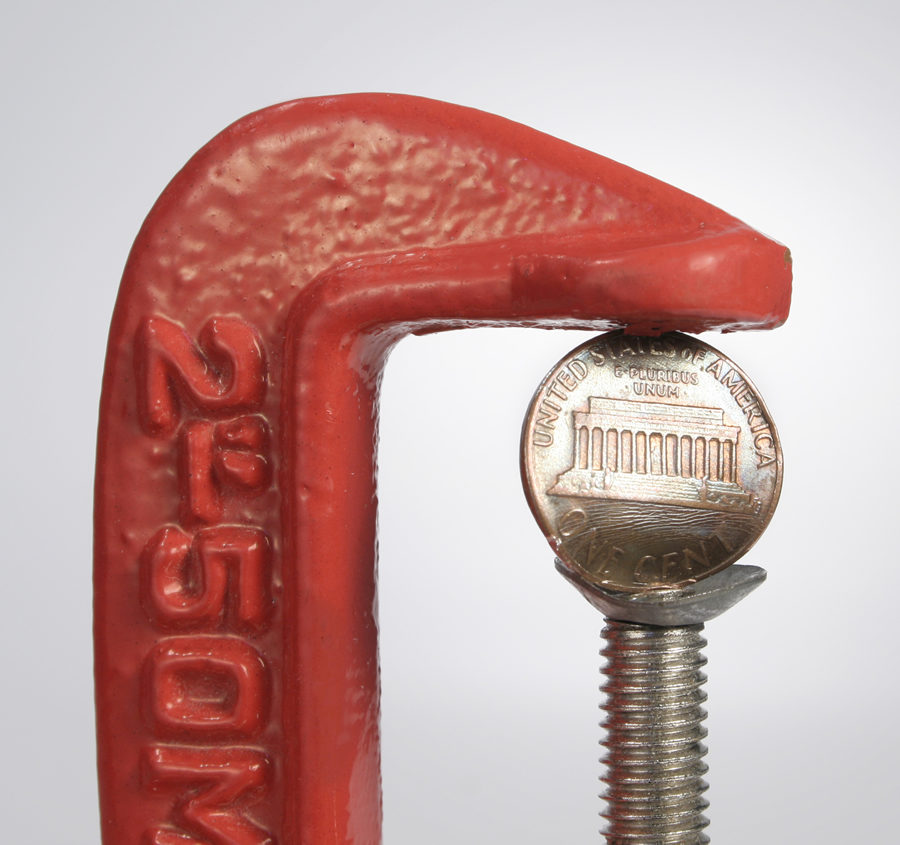All across America, CDs are coming due at banks and credit unions, and savers are appalled at how low their new rates will be. It is just a fraction of what the CD was making before. Low-interest rates are benefiting borrowers and punishing savers. If you have excess money in savings or CDs because you wanted protection, what do you do now?
We always counsel people to keep their emergency fund and short-term money in places that are easily accessible, like savings, money markets, or short-term CDs (12 months or less). That counsel hasn’t changed.
The need to have easy access to the money supersedes the need for a return. People should still have an emergency fund of 3-6 months of living expenses. In addition, any expenditures that will happen in the next year should be in short-term savings.
If your short-term savings buckets are full and you still have excess in the bank, there are some good options.
(1) Use a money market or short-term CD and hope that rates are better in 12 months. If you do this, protection is the main goal. Accept that you will make little on your money. Interest rates may come up a little over the course of a year, but don’t expect much improvement. Still, waiting 12 months to get a better rate is probably better than locking your money up in a 5-year CD.
(2) One step up from CDs are fixed annuities. Don’t let the annuity name scare you. They are like CDs on steroids. They are great tools to help protect assets with a slightly higher interest rate than CDs. However, they have much larger penalties than CDs if you pull your money out early. Because of this, we typically recommend no more than 20% of your investments here.
(3) Another option that should avoid losses while providing some potential growth is an Equity Indexed Annuity. The largest upside for this is that your original investment is guaranteed, and you have the potential to make more interest than a CD or fixed annuity, depending on what the markets do.
The downside is you have to lock your money up for 5-10 years. There are significant penalties for early withdrawal, so we would recommend no more than 20% of your investments in these types of products.
(4) If you are willing to take some risk for potentially better returns, then you can invest conservatively. This option may lose principal but has more potential. This can be done by using conservative investments like bonds or a combination of bonds and stocks to get some growth with limited downside. We typically recommend a ratio close to 80% bonds and 20% stock.
(5) If you don’t need the money for more than 5 years, you may accept more risk by investing. While this has potential for losses, it also has potential for more growth.
In considering any of these options, remember this is only one piece of the puzzle. Always make sure your investments fit into your overall financial plan. If you have any questions about how to implement these options or are wondering which one(s) are right for you, please contact our Wealth Management consultants.
This article is not a solicitation, offer, or recommendation to buy or sell any security. Annuities are insurance products backed by the issuing company’s ability to pay. There is a potential for loss as well as gain with stocks and bonds. Past performance is no guarantee of future results.




